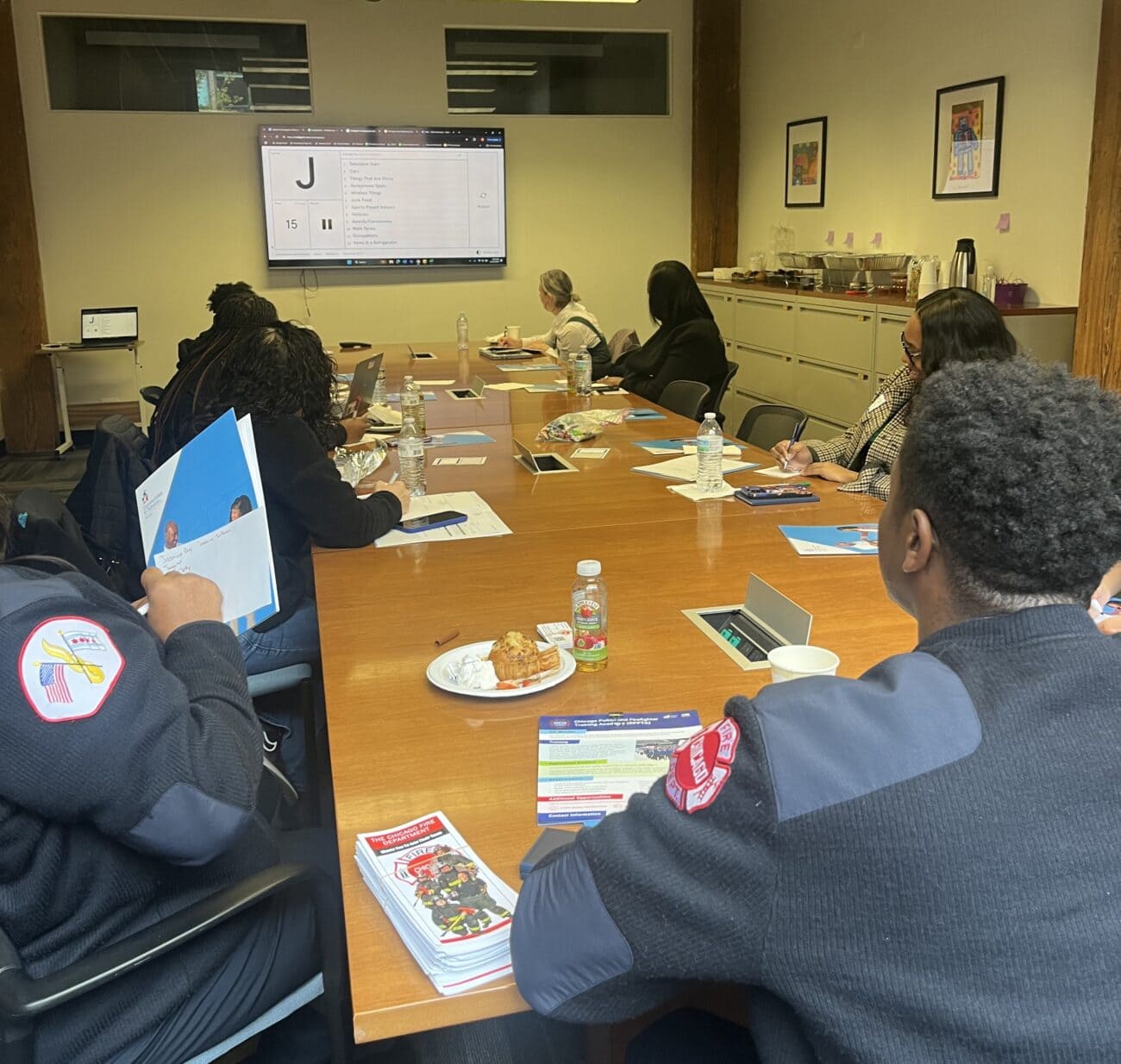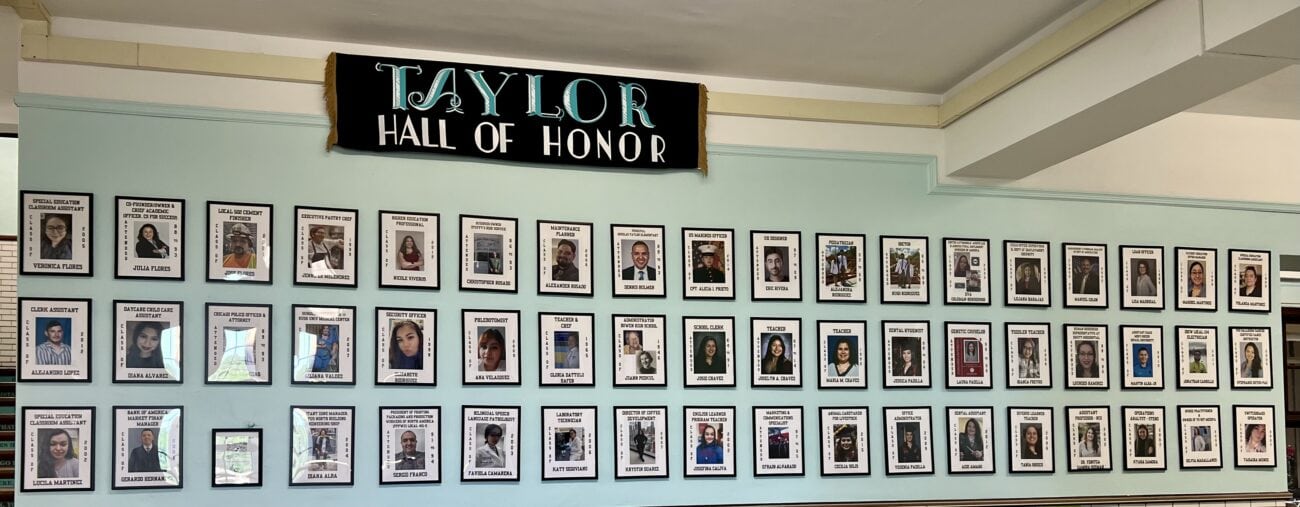A report released last month by the Canadian Medical Association Journal provides ample evidence that young people’s increasing exposure to smartphones and social media during the past two decades has coincided with a marked deterioration in their mental health.
According to the report, nearly 90 percent of young people ages 13 to 17 in the U.S. own a smartphone, and 70 percent of teenagers use social media multiple times a day. The report further noted that presentations to hospitals for suicidal ideation or attempts among children and adolescents in the U.S. almost doubled between 2008 and 2015, with the highest increase among adolescent girls.
These findings, unfortunately, do not surprise me. As a Community Partnership Specialist for Behavioral and Mental Health at Communities In Schools (CIS) of Chicago, I collaborate with principals, counselors, and social workers from public schools across our city to ensure that students have access to a range of essential resources they need to overcome trauma and other obstacles in their lives and stay on the path to graduation.

The school leaders I’ve worked with have long welcomed more mental health supports like professional counseling; in recent years, they’ve also sought more help to address several intertwined student challenges: bullying, stress management, and unhealthy online behaviors.
Fortunately, there is a growing list of dedicated community partners educating teachers and students on safe, responsible ways to use social media, as well as how to manage emotional responses that may result from frequent screen use.
The Cook County State’s Attorney, for example, teaches students, staff, and parents about cyberbullying, online personal safety, and recognizing potential threats on the internet. Area hospitals such as Chicago Children’s Center for Behavioral Health, Hartgrove Hospital, and Riveredge Hospital provide stress management workshops for students and adults to learn about healthy and unhealthy forms of stress and develop positive coping skills to deal with a range of stressors, including feelings of anxiety caused by social media.
Despite these encouraging developments, more needs to be done to help students successfully navigate our technology-saturated society.
One thing we must do is encourage more community partner organizations — from arts groups and college prep providers to health educators — to make social media literacy a robust piece of their school programming. Another empowering step is for more health providers to develop programs that teach young people explicit strategies for managing stress linked to social media use. Finally, educators must collaborate more with community partners to develop age- and gender-appropriate programs to help younger children develop healthy screen habits that can serve them throughout life.
While we can’t control the proliferation of smartphones or social media any more than we can the advance of technology, that doesn’t mean we can’t do more to protect our students from the negative impact of screens. If we put schools and community partners at the forefront of our response, technology can become the tool that it was intended to be, not an omnipresent threat to our young people’s healthy growth and development.
Smartphones, social media use and youth mental health
CMAJ 2020 February 10; 192: E136–41. doi: 10.1503/cmaj.190434
https://www.cmaj.ca/content/cmaj/192/6/E136.full.pdf




